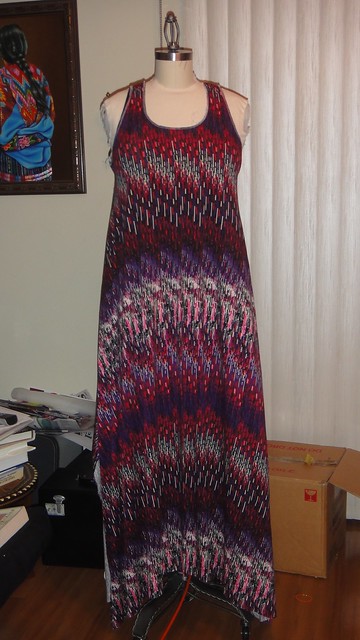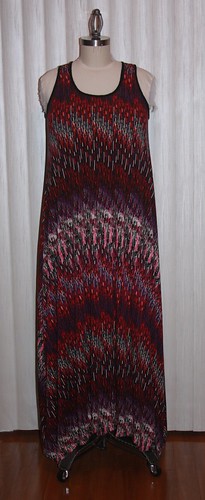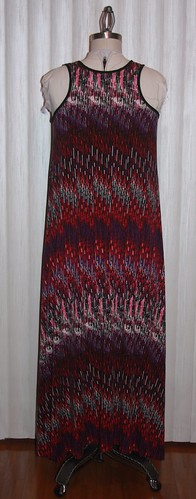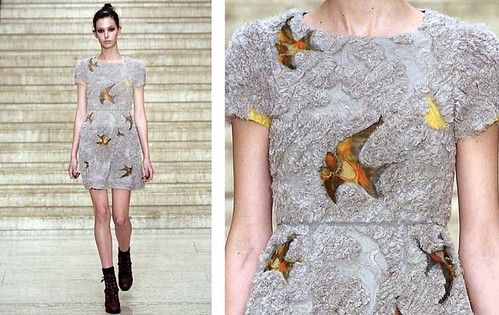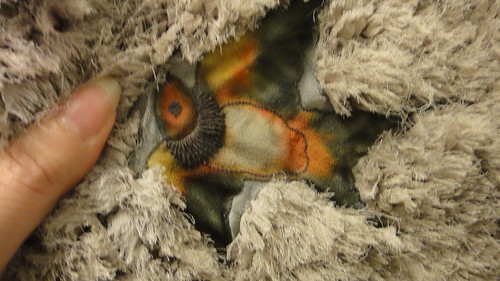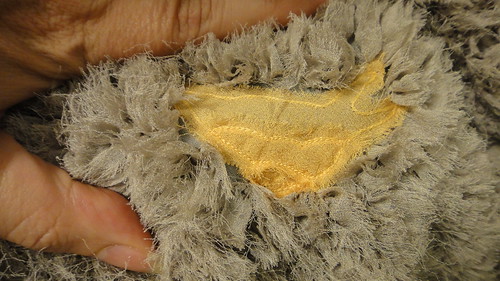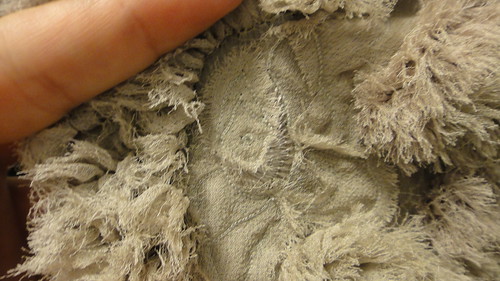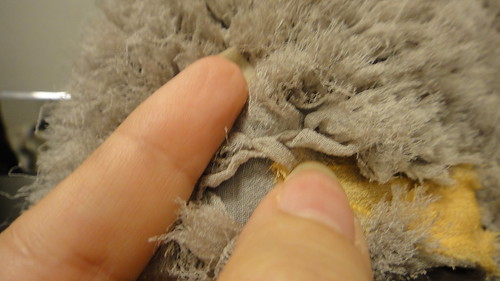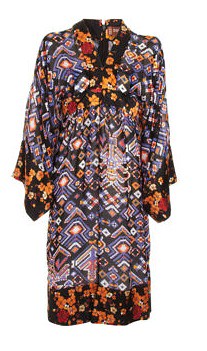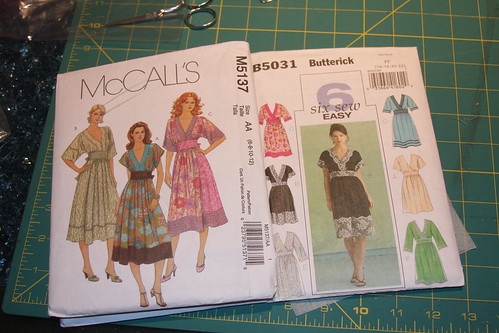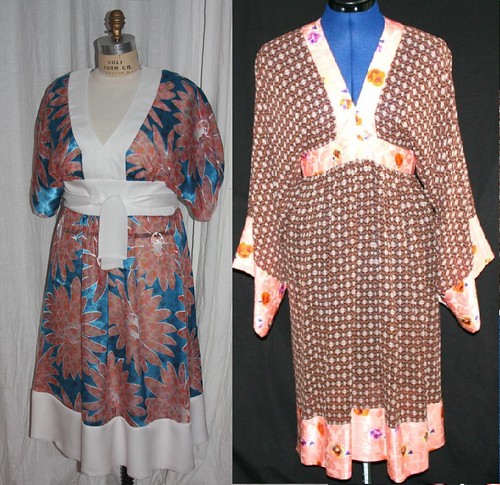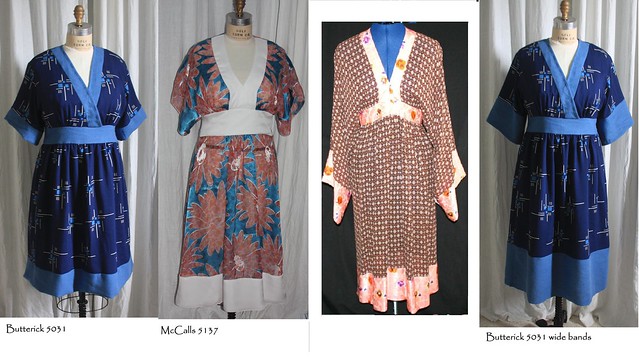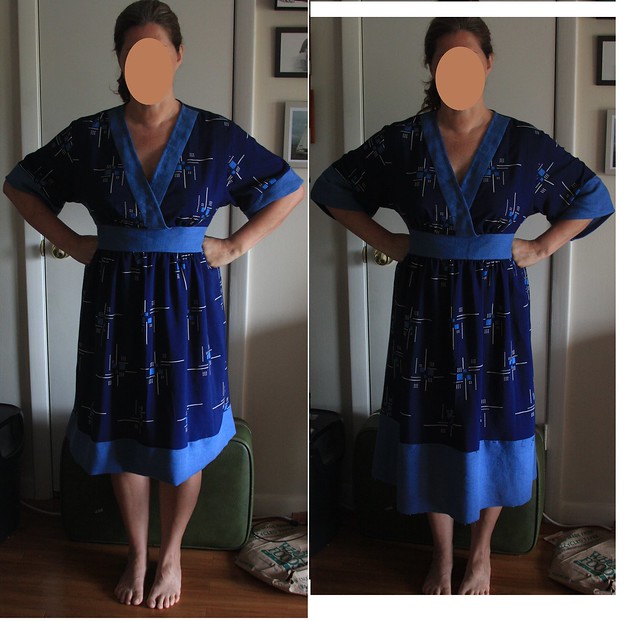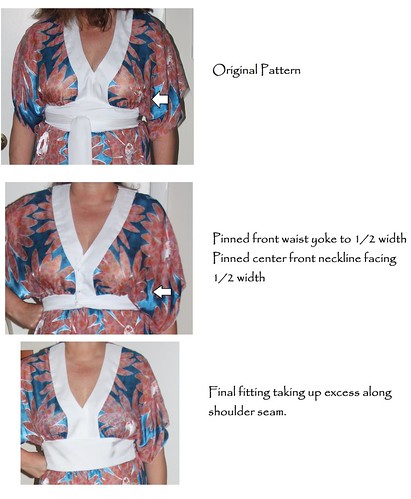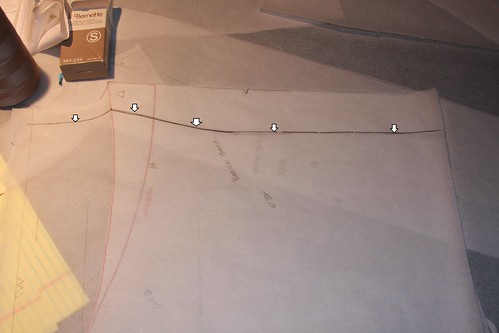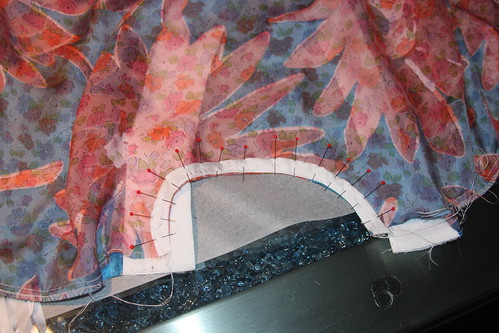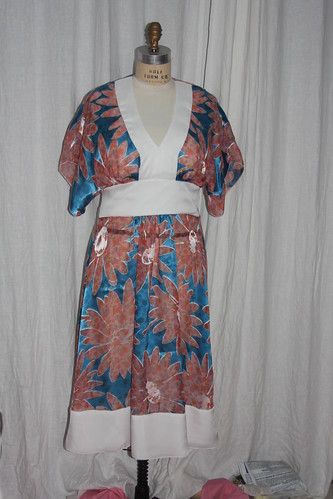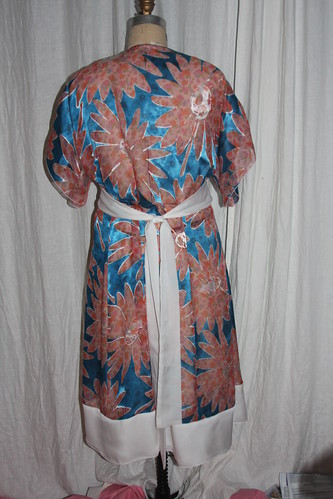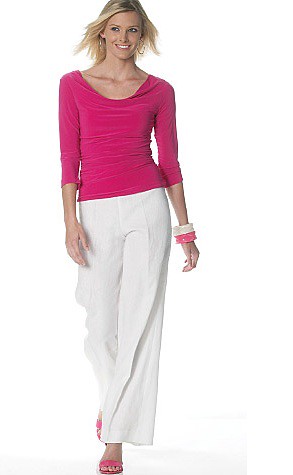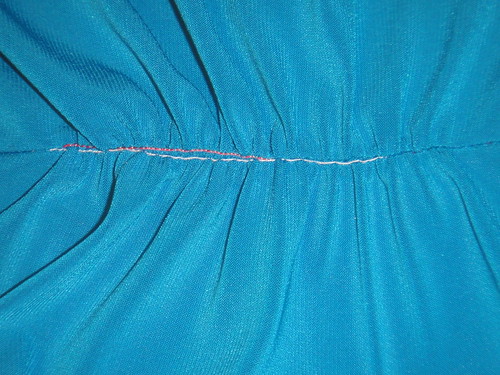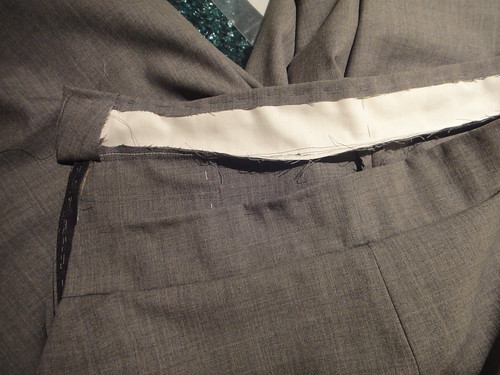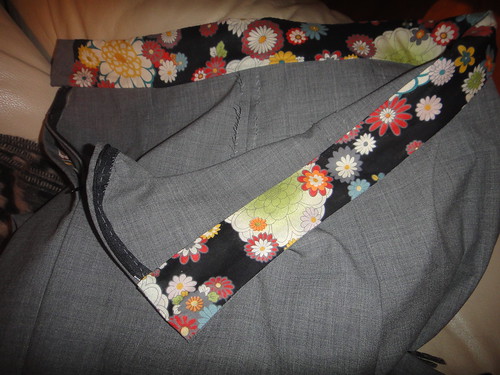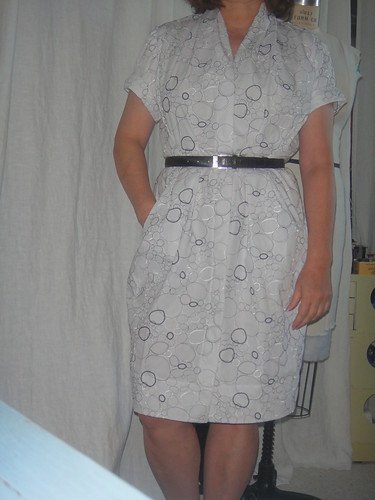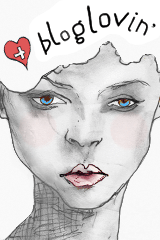You've seen a million of these this summer, so decided that it might not be a bad idea to make a fall version. This one has a fuller skirt than most, and can be worn loose or belted.
I already had a good start with a favorite tank top. I liked the depth of the armholes, neckline and racer back, so this took the guesswork out of the top part.
Here's what the pattern looks like. It uses the full width of the fabric, and will need further shaping at the side seams, just a slight taper from armhole to hemline. In this fabric which is a rayon jersey (thin but with weight and drape), 2 3/4yds were used for a floor length dress. I would recommend more if you want to shape the hem to floor length, instead of the curved hemline you see here.
Side seam shaping next....at this point I slipped the dress on and pinned until I liked the silhouette.
Finished!! The neck and armholes were finished with a contrast black binding.
It's less of a straight skirt silhouette and more of a tent shape, but the stripes create a nice downward curve on the finished dress. You'll notice that the pattern does not match Since there is no shoulder seam, and the print has a direction it wasn't possible.
With a belt
Fun and easy first draping project if you are keen to do one.

